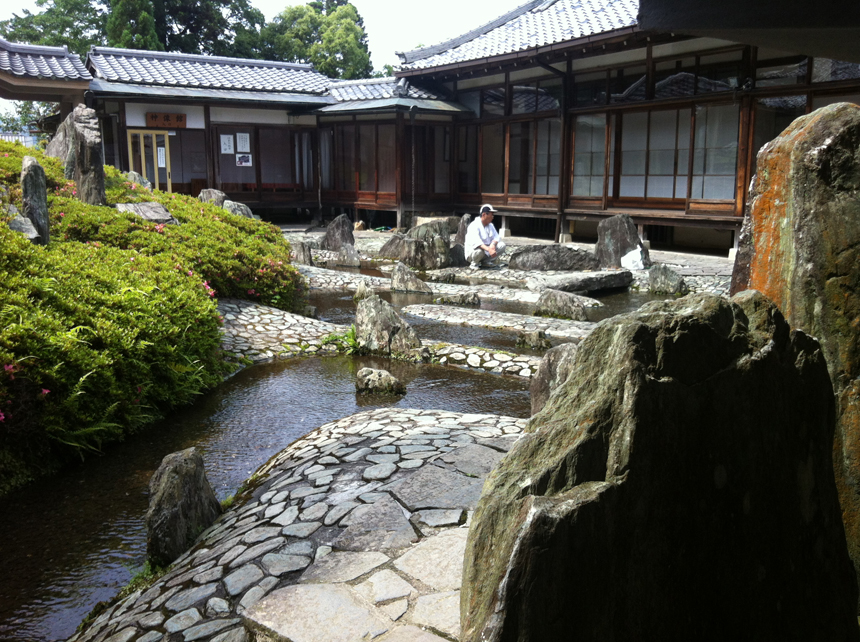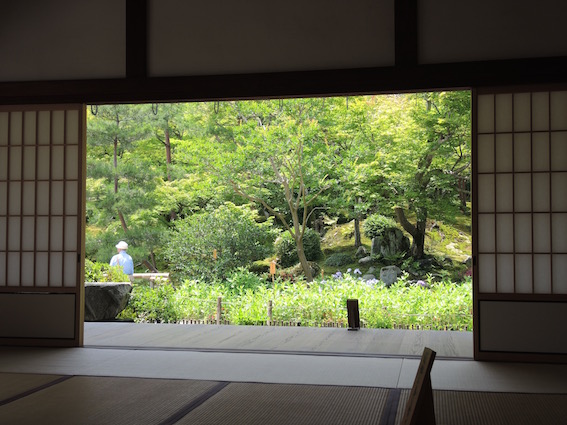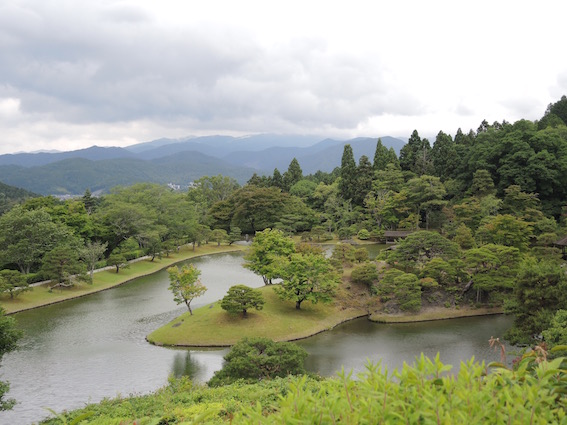SAKUTEIKI

The Gardener and the stone. How the stone wants to be set. Matsunoo-taisha, Kyōto, 2015
First is “Sakuteiki”, a Japanese social manual of rules for the creation of gardens in the 11th century. The Sakuteiki remains the most important literature on Japanese gardening today. It is based on the concept that one must follow nature and, for this reason, taboos the “unnatural act” (which in this case literally means setting the stone backwards). There is a famous saying in the Sakuteiki that explains the core of the prohibition: “To follow the bidding of the stone.” The Gardener must listen to the stone and set it according to its bidding. Sakuteiki therefore harbors the spontaneous self-identification with the stone and the possibility of a coexistence of the TWO subjectivities human and stone. In the garden the stone can exist as a subject just as much as the gardener. To see the stone, an inorganic object, as an animated being is a key of the Japanese art of gardening. Even then, Sakuteiki was self-evidently approaching what the OOO (Object Oriented Ontology) is thematizing today.
Another part concerns itself with ritual and philosophical aspects of gardening. In doing so, according to Chinese geomancy and the five-element theory, buildings and the actual garden are connected; just as it is defined in which direction a stream might flow through the garden and stones should stand in relation to the building. The added construction of islands as temporary nature-stages for theatre or music follows a detailed program – both considering the placement and the visibility of the stages, the terraces of the audience as well as the sequence of the spectacles.

Tenryū-ji, Kyōto, 2015

Shakkei (borrowed scenery), Shugakuin Rikyū, Kyōto, 2015